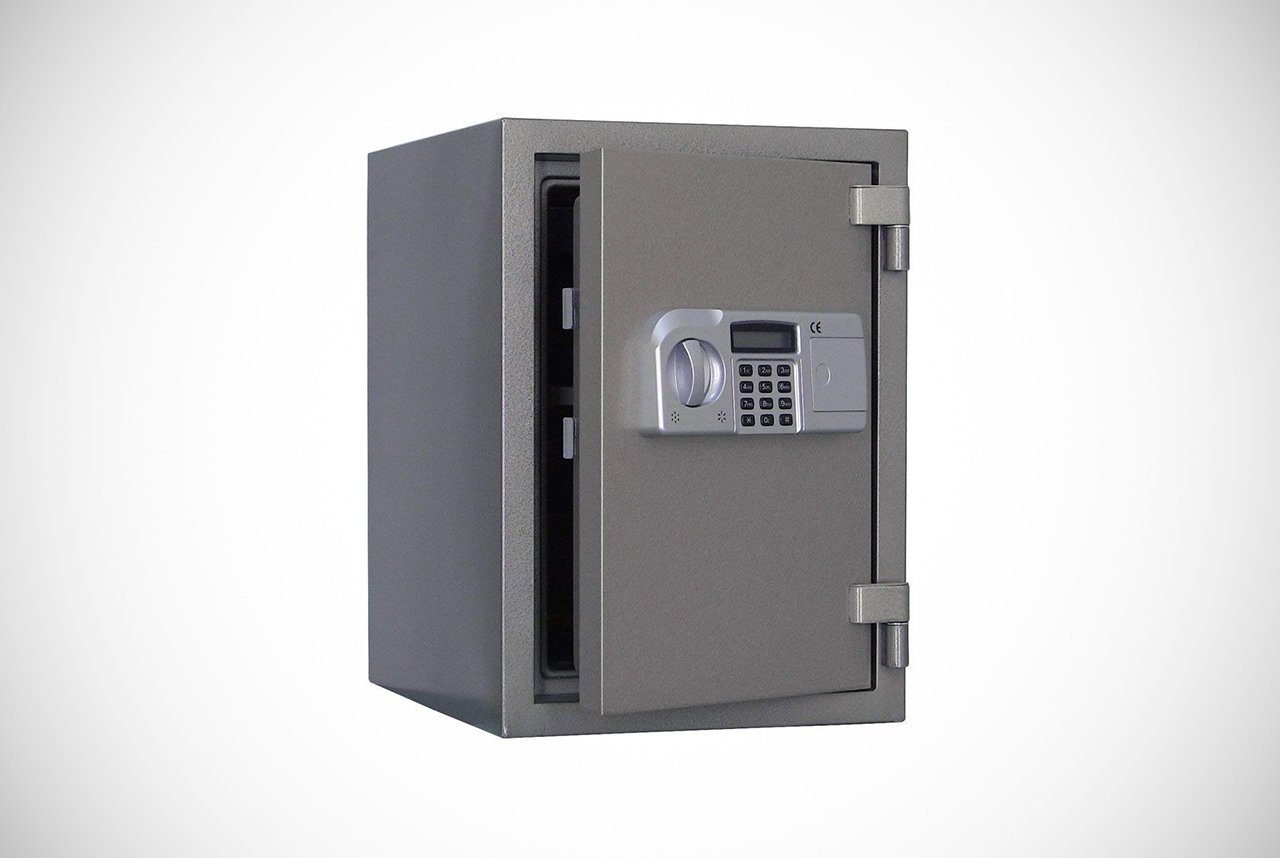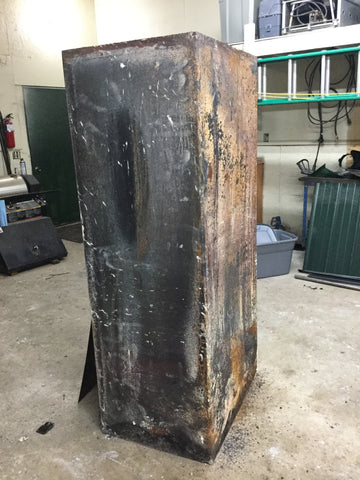

- FIRE PROOF SAFES THAT KEEPS PAPERS FROM BURNING IN A FIRE FULL
- FIRE PROOF SAFES THAT KEEPS PAPERS FROM BURNING IN A FIRE CODE


applying spray-on fireproofing around the i-beam.applying multiple layers of gypsum board around the i-beam.This method is effective because gypsum plaster contains water crystals that are heat resistant. wrapping the i-beam in a thin layer of metal lath and then covering it with gypsum plaster.

complete encasement in concrete square column.The following lists both older and newer methods of fireproofing steel beams ( i-beams): Newer materials and methods have been developed to resolve this issue. Historically, these masonry encasement methods use large amounts of heavy materials, thus greatly increasing the load to the steel frame. encasing structural steel in brick masonry or concrete to delay exposure to high temperatures.restrictions on the amount of exposed steel set by building codes.In order to maintain the structural integrity of the steel frame, several fireproofing measurements are taken: In a building fire, structural steel loses strength as the temperature increases.
FIRE PROOF SAFES THAT KEEPS PAPERS FROM BURNING IN A FIRE CODE
The use of these older materials has been standardised in "old" systems, such as those listed in BS476, DIN4102 and the National Building Code of Canada.įireproofing of structural steel More highly evolved versions of these are used in aerodynamics, intercontinental ballistic missiles (ICBMs) and re-entry vehicles, such as the space shuttles. Because the material was later proven to cause cancer in the long run, a large removal-and-replacement industry has been established.Įndothermic materials have also been used to a large extent and are still in use today, such as gypsum, concrete and other cementitious products. Īsbestos was one material historically used for fireproofing, either on its own, or together with binders such as cement, either in sprayed form or in pressed sheets, or as additives to a variety of materials and products, including fabrics for protective clothing and building materials.
FIRE PROOF SAFES THAT KEEPS PAPERS FROM BURNING IN A FIRE FULL
Fire walls usually extend the full length of a building, from foundation to roof.


 0 kommentar(er)
0 kommentar(er)
